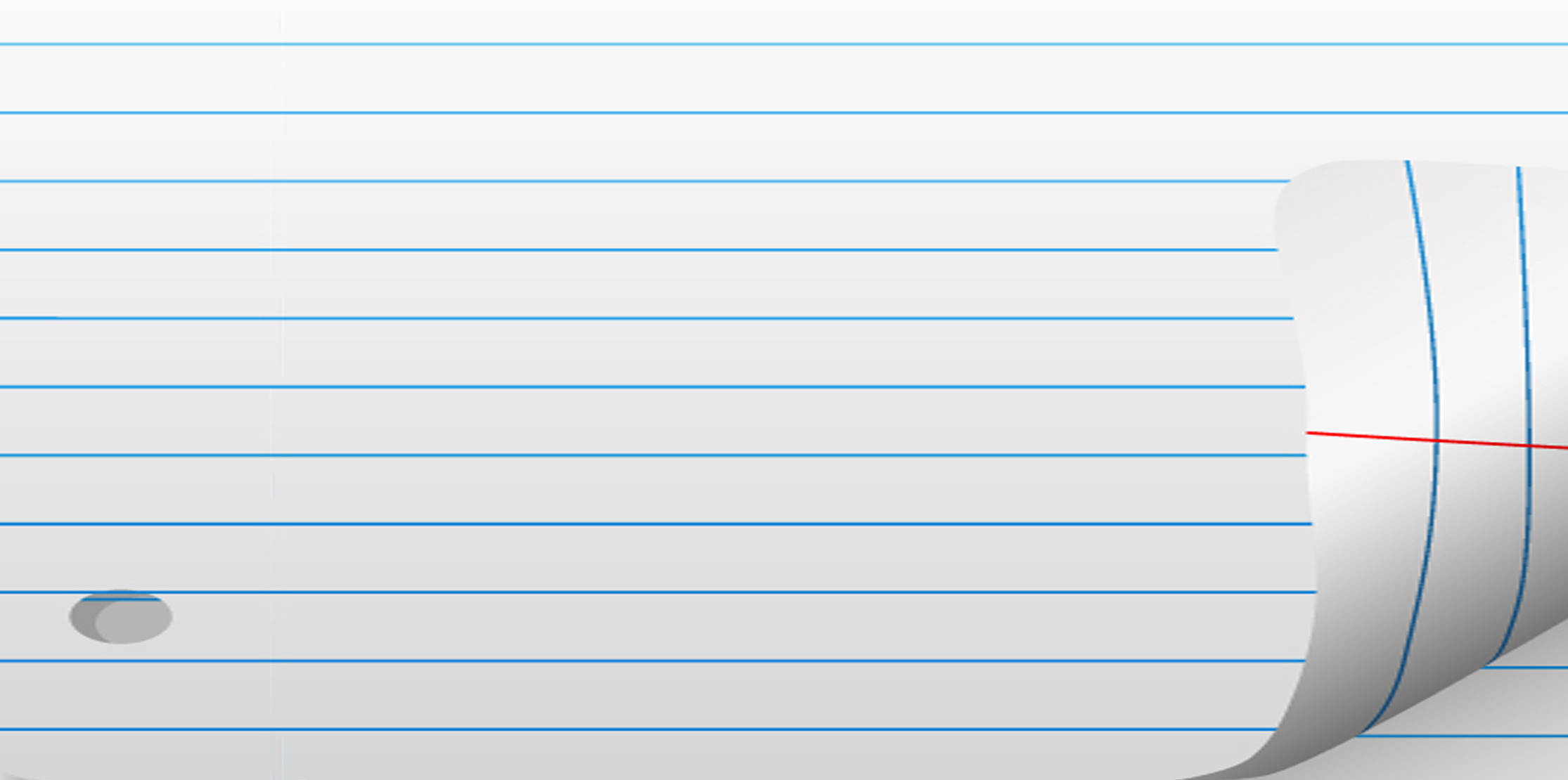
|
Ningbo Jiaming Printing Co.,Ltd.
|
Gold Index: 132834
Product (989)
- Writing Notebooks (416)
- Fashion stickers|Gift labels (205)
- Sticky notes,Sticky pads (81)
- Jigsaw puzzles (61)
- Stationery set (44)
- Memo cube|Memo pad (30)
- Gift bags|Retail shopping bags (34)
- Christmas Greeting cards (34)
- Playing Cards|Poker Cards (19)
- Paper box|storage box (15)
- Game set (11)
- File box folders (17)
- Calendar|Photo frame (17)
- Educational book (5)
Special Groups (88)
Blog (22)
Equipment (6)
Customers (2)
Certificates (4)
Credit Report
Products Index
Blog
What does ruled paper mean?

There are many types of ruled paper:
United states
In the United States, ruled paper is available in a variety of semi-standardized formats:
- Wide ruled (or Legal ruled) paper has 11/32 in (8.7 mm) spacing between horizontal lines, with a vertical margin drawn about 1-1/4 in (31.75 mm) from the left-hand edge of the page. It is commonly used by American children in grade school, as well as by those with larger handwriting.
- Medium ruled (or College ruled) paper has 9/32 in (7.1 mm) spacing between horizontal lines, with a vertical margin drawn about 1-1/4 in (31.75 mm) from the left-hand edge of the page. Its use is very common in the United States.
- Narrow ruled paper has 1/4 in (6.35 mm) spacing between ruling lines, and is used by those with smaller handwriting or to fit more lines per page.
- Gregg ruled paper has ruling specialized for stenography. It has 11/32 in (8.7 mm) spacing between ruling lines, with a single margin drawn down the center of the page.
- Pitman ruled paper has ruling specialized for stenography. It has 1/2 in (12.7 mm)spacing between ruling lines, with a single margin drawn down the center of the page.
- Manuscript ruled paper is used to teach young children how to write. A blank sheet consists of rows of three lines (the space between them depends on the age group being taught) with the middle line in each three-line set being dotted. The D'Nealian writing style is a well-known teaching method that makes use of this type of paper ruling. Another educational institution, A Beka Book, utilizes this ruling along with a house metaphor (upstairs, downstairs, and basement) to help young children learn where parts of each letter should be written. The usage is similar in concept to the use of the horizontal lines on French Seyès rule paper.
France
In France, in order to foster handwriting discipline, a type of ruling known as Seyès ruling[2] is used on paper in schools. Heavy horizontal lines are printed 8 mm (appx. 5/16 in) apart, with three lighter lines 2 mm (appx. 5/64 in) apart between each pair of heavy lines. Heavy vertical lines are spaced 8 mm (appx. 5/16 in) apart, beginning 16 mm (appx. 5/8 in) from the left-hand edge of the page.[3]
Germany
DIN 16552:1977-04 ("Lines for handwriting") specifies the types of ruled paper to be used by school pupils.[4]
New Zealand
In 1984, Standards New Zealand instituted an official standard for school stationery which specified standards for ruled and unruled paper.
Japan
Among others, genko yoshi is a kind of paper for manuscript writing specific to the Japanese language.
Pre Page:
NEW NOTEBOOK STOCKS FOR SALE,PRICE OFF...
Next Page:
How to select a good quality carton?



